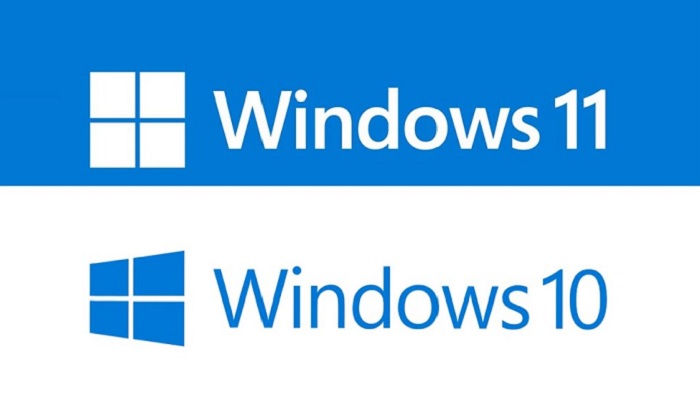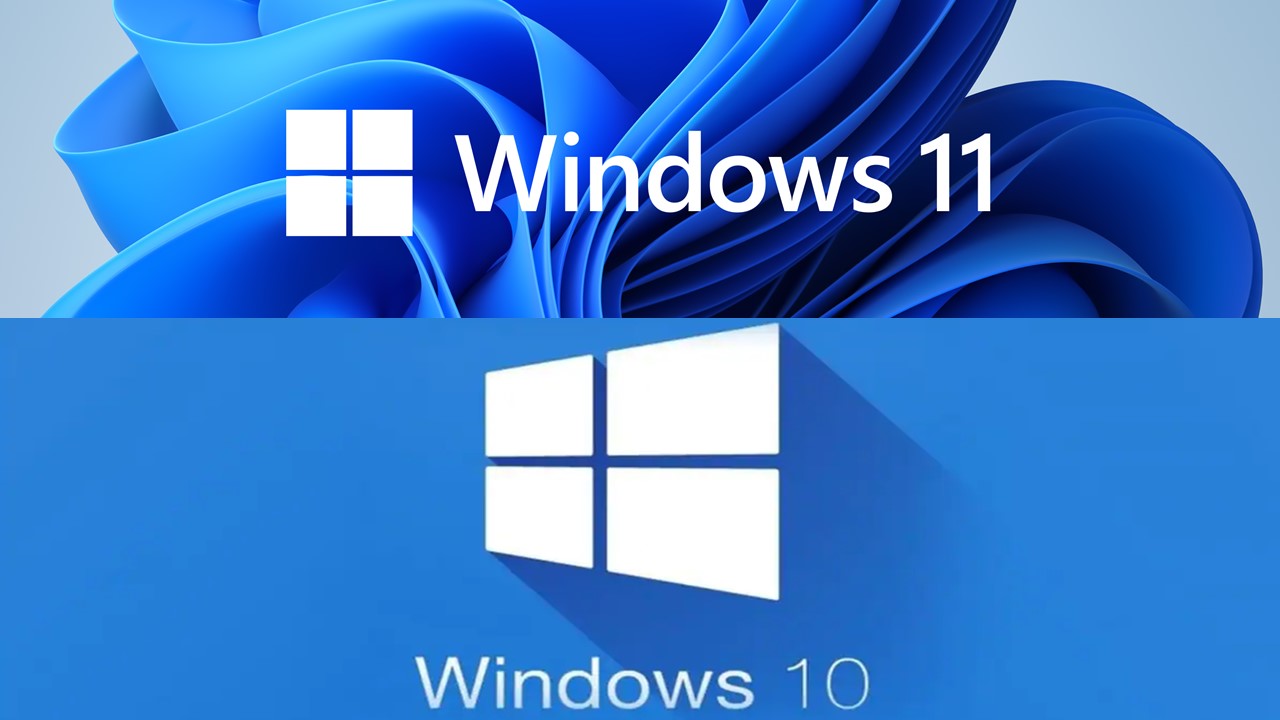Windows 11 is another version of Microsoft desktop operating system which is upgraded from Windows 10 and has a lot of new features included in it. This free version, however, has some differences from its predecessor and has some specific system requirements.
Though it is not mandatory to upgrade your system from Windows 10, it is good to know the differences between the two in case you intend to do so in the future.
In This Article
KEY TAKEAWAYS
- The windows 11 operating system is the new release of Microsoft that comes with improved features but still supports running all apps, even third-party apps, of its predecessor Windows 10 without any issues.
- It is a worthy upgrade due to the improved features and much better support provided than the Windows 10 operating system which offers much better computing and gaming experience.
- The choice of apps, of which some are specially designed for mobiles, offered is much more in Windows 11 than in windows 10 due to its integration with Amazon App Store.
- This operating system needs a newer system to work properly but using it will ensure higher productivity and user experience due to its enhanced multitasking support and better desktop management.
The 17 Differences Between Windows 10 and 11

1. Refined User Interface
The user interface of the Windows 11 is quite easier to use and is more refined and softer to the eyes. The UI design is pretty much the same as Mac OS and is cleaner with rounded edges and pastel shades.
The iconic Start menu along with the Taskbar is at the center which can be moved to the left as it is in windows 10 operating system.
The Window 10 UI, on the other hand, is not as refined as Windows 11.
2. Automatic Wake Up
The Windows 11 operating system comes with a useful and unique wake on approach feature which will wake the computer up automatically when you approach it and will lock it if you leave.
This specific feature, in comparison, is not available in the Windows 10 operating system.
3. Smart App Control
The latest version of the Windows 11 OS comes with an exclusive Smart App Control feature which offers an additional layer of protection.
This allows only those apps to be installed that have a good reputation. This feature is not available in Windows 10.
4. Exclusive Redocking Feature
When you use the Windows 11 operating system you will get to use another exclusive feature of it that will allow seamless redocking.
It will remember where the windows were when you left and when you come it will reconnect when you connect an external display to the computer.
This feature is not available in Windows 10.
5. Live Captions
The Live Captions feature of Windows 11 will transcribe the speech in incoming audio from the Teams call into captions.
This feature is not available in Windows 10.
6. Natural Narrator
Text can be turned into spoken words by Windows 11 but Windows 10, in comparison, does not have this feature to read or to be read to.
7. Amazon App Store
You will get a wider and more varied option of apps to choose from due to the collaboration of Windows 11 with the Amazon App Store.
The Windows 10 operating system on the other hand does not offer such a wide variety of app choices.
8. Improved Video Calling
The enhancements in Windows 11 operating system makes video calling much better in comparison to Windows 10 with its Voice Focus, Background Blur, and Automatic Framing feature.
9. Controller Bar
Switching between games is much easier with Windows 11 due to the Controller Bar which is not possible in Windows 10.
10. Better Desktop Support
With several virtual desktops displayed on the screen, the Windows operating system allows better desktop support and management making it easier to toggle as in Mac between work, personal, gaming or school at once or even create new ones.
This is not possible if you use the Windows 10 OS.
11. Easier Transition
With the several app windows on the screen it is very easy to set separate groups of apps and windows collectively and shift between a desktop and a monitor with the help of Snap Layouts and Snap Groups feature.
This is, in comparison, not possible with Windows 10.
12. Microsoft Teams
With the Microsoft Teams built into the Taskbar directly in Windows 11 makes it much easier to make video calls and even access different Teams even from Android, iOS and Mac.
13. Touchscreen Support
Microsoft designed Windows 11 to offer a much improved touchscreen experience than Windows 10 with larger space between the icons on the taskbar and better support for digital pens and voice typing.
14. Xbox Tech
Some of the features available on Windows 11 are also found in Xbox consoles such as Direct Storage and Auto HDR which improves gaming experience.
15. Stability
Microsoft Windows 11 is however less stable in comparison to Windows 10 having issues with memory leaks and bugs.
16. Multitasking and Productivity Improvements
Windows 11 comes with notable multitasking improvements that will enhance your productivity much more because it is not backported to Windows 10.
17. Compatibility
Windows 11 is less compatible in comparison to Windows 10 operating system since it has specific system requirements and needs a newer computer system to be installed and run on.
Which is Better – Windows 10 or 11?

Though the choice entirely depends on the users, their preferences and convenience, Windows 11 is worth the update for most users.
A variety of new features are included in this OS which will surely enhance your productivity as well as gaming experience.
The design changes are pretty appealing and appreciable in this latest operating system from Microsoft that has gained a lot of attention than its predecessor Windows 10.
The main reasons that you should consider an upgrade to this operating system are:
- It is quite simple and convenient to use right from the word go
- The new Start menu and taskbar are quite useful
- The background processes are managed in a much better way
- You can use a varied range of Android apps in this OS
- The will keep you well informed and up to date
- The unique Snap Layout feature will make multitasking a breeze and
- It comes with several familiar features of the Windows 10 operating system making it even easier to use.
However, this operating system will support only the latest desktop and laptop computers and there are a few specific features of Windows 10 that are missing in the Windows 11.
For example, these following apps are not bundled with the Windows 11 OS any more:
- My People
- Paint 3D
- Skype
- 3D Viewer
- Wallet
- Internet Explorer
- Xbox Console Companion and
- OneNote for Windows 10.
Also, there are a few specific parts of the Windows shell that are not available anymore in Windows 11 such as:
- Tablet mode
- The Timeline in Task View
- Quick status of the Lock Screen and
- The Save Search option.
Apart from that, in this OS you will also find the following:
- The touch keyboard does not dock anymore on screens bigger than 18 inches in size and
- Windows do not synchronize the desktop wallpapers anymore on the devices having a Microsoft account.
Also, preview of videos or images are not shown any longer on the folder thumbnails and is replaced by a generic folder icon for each folder containing such files which has been however reverted in February 2022 insider builds
As for the Start menu, you will find that there are a few specific functionalities removed and replaced in Windows 11 Os with other features such as:
- Live tiles
- Folders and groups which are reinstated in February 2022 insider builds and
- The pinned and recent files on pinned apps.
The most significant difference you will find is in the taskbar and few particular features are no longer available on Windows 11. For example, it does not support the following:
- Dragging a file to its button in order to bring an app into focus
- Moving the taskbar from its original place to the left, right, or top of the screen
- Changing its size or that of the icons
- Showing a single button for every window on it
- Showing windows labels
- Opening it by right clicking
- Missing timeline
- Missing scheduled events
- Missing option to hide or show icons of the Windows shell tray apart from third party icons
- Settings and shortcuts in the context menu of taskbar
- Integrated network and audio flyouts into a new settings
- Leaving a few icons unspecified in the System Tray
- Third-party taskbar components
- Upward swipe gestures
- The News and Interests panel
- The Action Center
- Moving the system tray and
- Peeking at the desktop by moving the cursor of the mouse over the Show Desktop button.
Apart from that, you can configure the File History in the setting only by using the Legacy Control Panel app. This app, however, does not allow adding any custom folders to the group of protected folders as it is allowed by the Settings app in the Windows 10 operating system.
However, the most significant difference is the architecture of the Windows 11 operating system which is available only for the ARM64 and x86-64 CPU architectures instead of ARMv7 and IA-32 x86 systems.
It is for this reason the 16-bit Windows on Windows subsystems and NTVDM or the NT Virtual DOS Machine are not included in the Windows 11 architecture. As a result, it does not allow 32-bit versions of Windows to run 16-bit DOS and Windows programs directly.
This OS also does not include User Mode Scheduling or UMS that is available in the earlier versions of Windows operating systems such as on x64 versions Windows 7 or later. This means that in Windows 11 there is no mechanism that will allow the apps to program their own threads without the help from the system scheduler.
Still, with all these lacunas, Windows 11 is still worth an upgrade mostly because Microsoft is expected to carry on supporting Windows 10 through October 14, 2025 and there is no official statement as to how many updates of Windows 10 they will roll out during this period of time.
However, there is no need to panic and for an immediate upgrade to Windows 10 because it will not end pretty soon.
Conclusion
Though, for the time being, it is perfectly alright to stick to Windows 10 operating system, you will have to upgrade your system to Windows 11 eventually.
This article with the differences and some additional facts has surely made you a lot more knowledgeable about this OS before you get on-board this latest tech-ship.